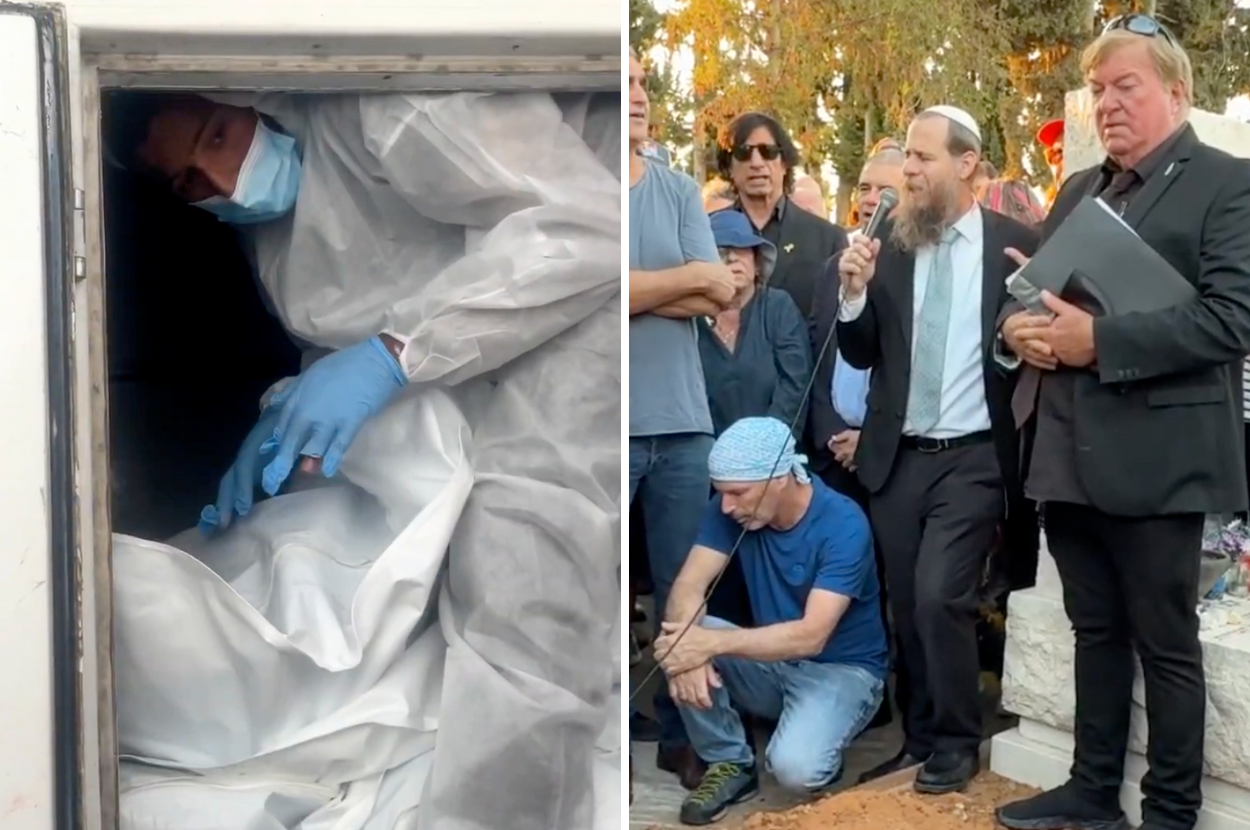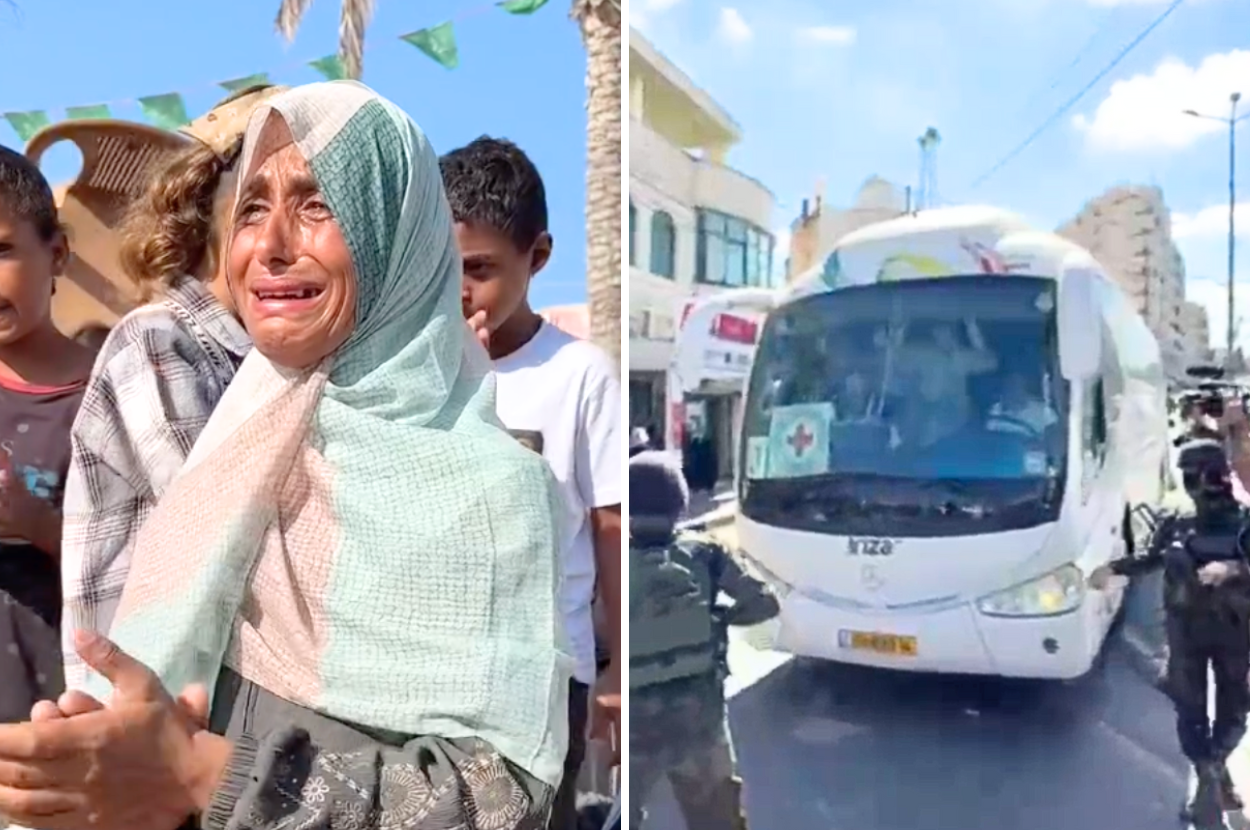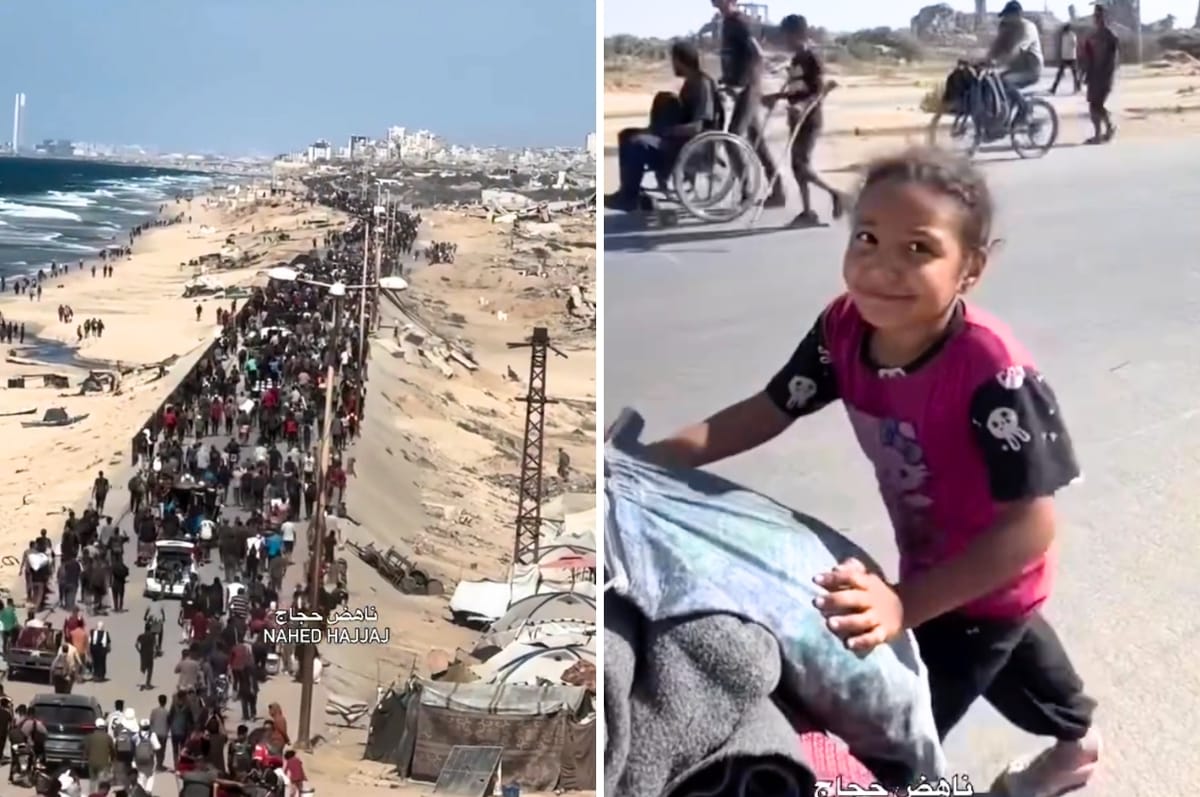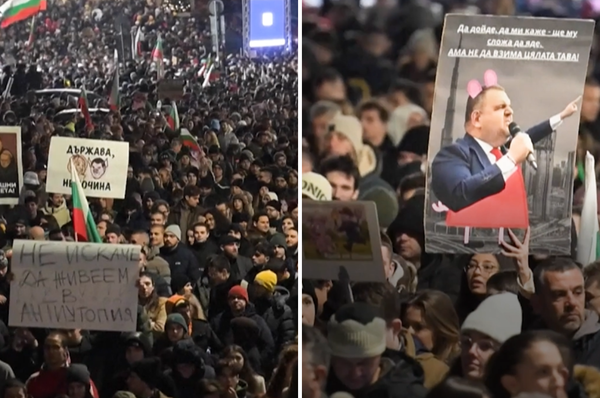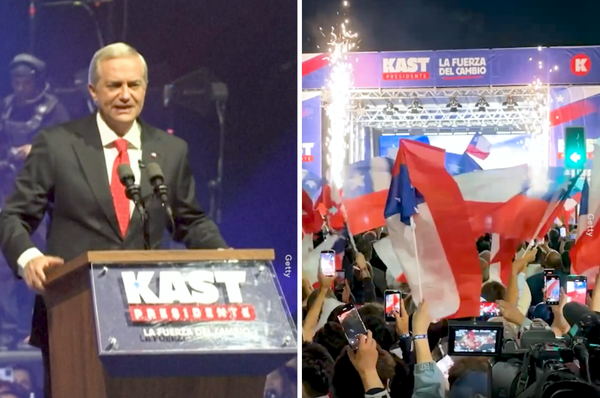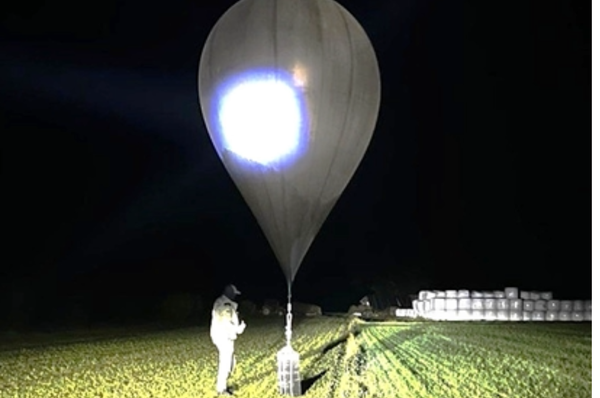Israel Has Closed The Rafah Border And Blocked Half Of The Promised Aid To Gaza Despite The Ceasefire
As part of the terms of the ceasefire, 600 aid trucks were meant to enter Gaza per day, but only about 300 trucks have crossed daily since the truce began.
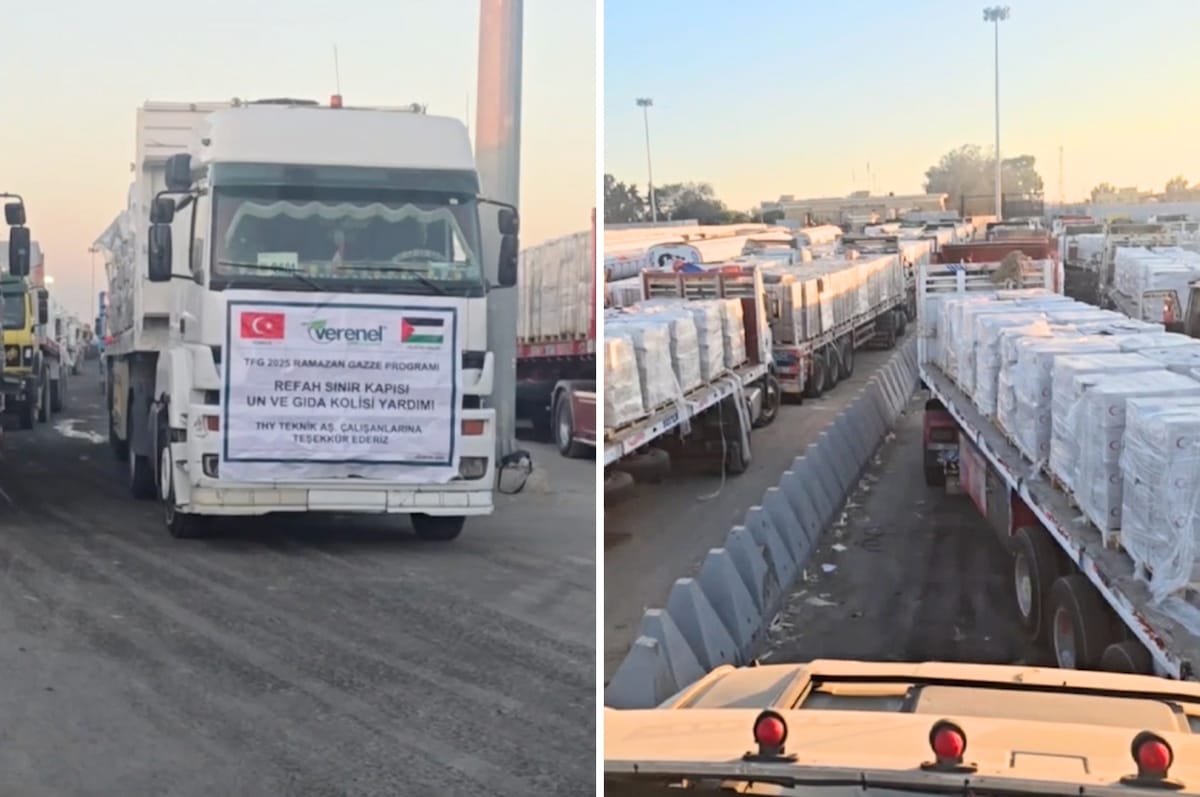
Following the ceasefire between Israel and Hamas going into effect, humanitarian organizations had expected the Rafah border crossing between Egypt and Gaza to reopen, allowing much needed aid to reach people amid the man-made famine caused by Israel.
Israel has imposed a blockade on Gaza since May 2024, blocking the movement of aid and people through the Rafah border crossing. Before this, it would open intermittently.
As part of the terms of the ceasefire, 600 aid trucks were meant to enter Gaza per day.
But according to the United Nations, only about 300 trucks have crossed daily since the truce began last week.
Israel has heavily restricted access after it accused Hamas of “violating” the agreement by failing to return all of the hostages’ bodies.
Hamas has rejected this, saying it has handed over the hostages and all the remains it could recover without specialist equipment, accusing Israel of using the issue as leverage to delay urgently needed humanitarian deliveries. Officials from Hamas and the Red Cross say the extensive damage due to Israel’s genocide in Gaza has made locating and recovering the bodies of hostages difficult.
Some of the remains are thought to be in zones now controlled by Israeli forces, limiting access for recovery teams.
The UN said it has 190,000 tons of aid ready to move into Gaza to address the ongoing famine.
UN humanitarian chief Tom Fletcher has called for Israel to allow “unhindered access” to Gaza.
Speaking to Sky News on Thursday, Oct. 16, Fletcher said they were able to distribute one million meals in one day and that they are determined to save as many lives as possible.
Israel’s foreign minister, Gideon Saar, has reportedly said the Rafah border may be reopening fully this coming Sunday on Oct. 19.
